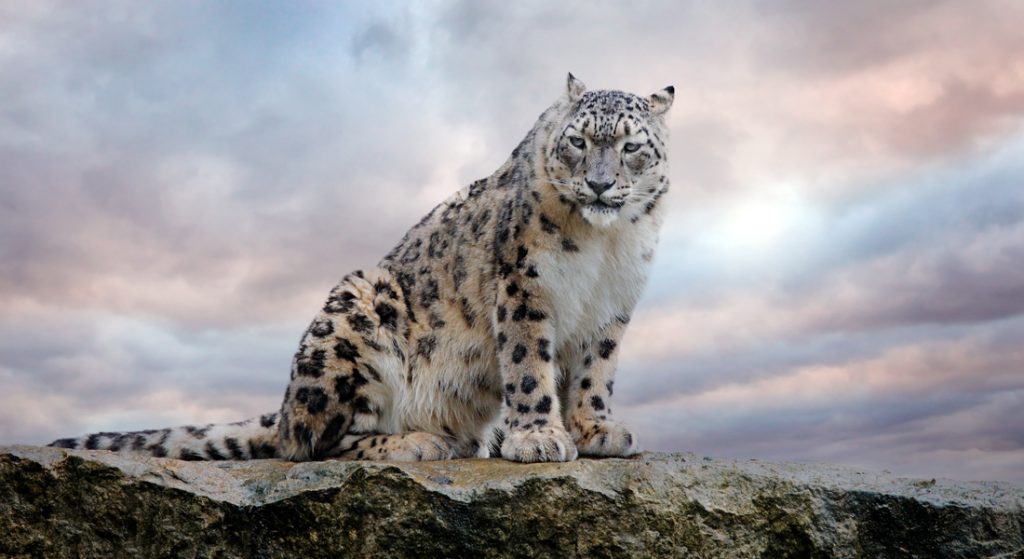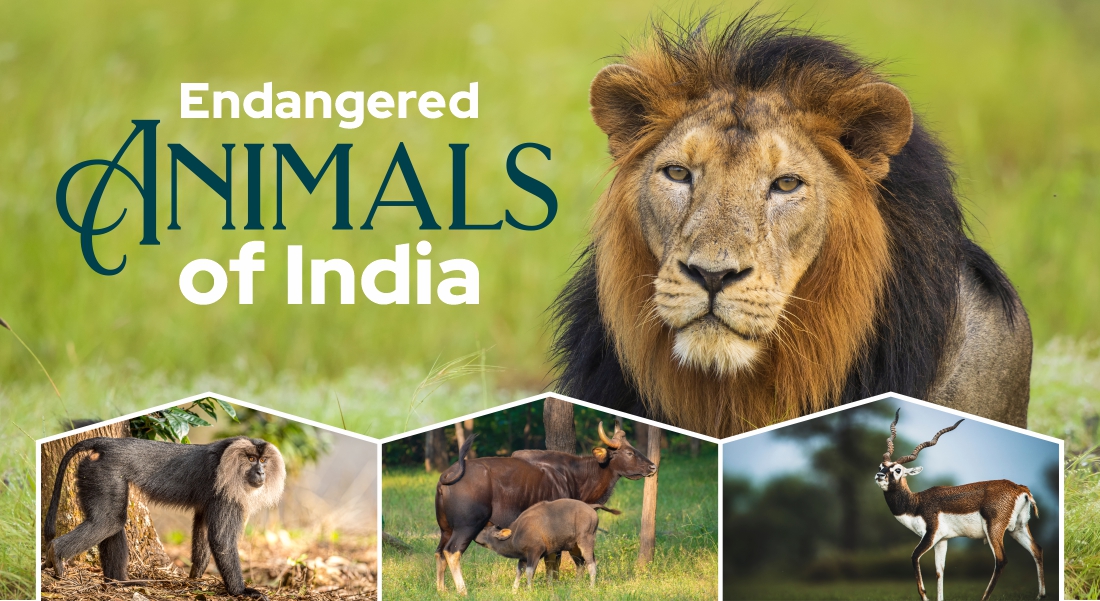
Endangered Animals Of India
India is home to a diverse range of flora and fauna, many of which are endemic to the country. Due to various factors such as habitat destruction, poaching, and human-wildlife conflict, a number of these species are facing the threat of extinction. Let us have a look at some of the animals that are listed as endangered species.
Asiatic Lion: It is a subspecies of the lion and is found only in Gir National Park, Gujarat. The population of these species is increasing due to conservation efforts, but they are still considered endangered. As of 2020, the number of individuals stood at about 675. Many of the lions wander out of the park and accidentally drown in the wells dug by the villagers, and many more have died due to electrocution. Conflict with humans is common in the park. As the government of Gujarat opposes the transfer of lions to other national parks, fearing a loss of tourism revenue, inbreeding is a major problem.
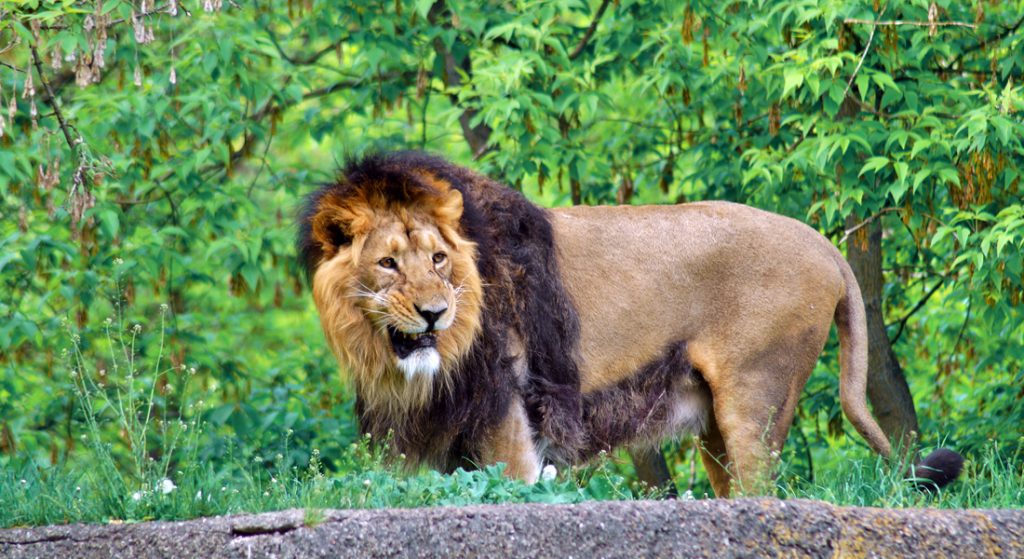
Indian Wild Dog: A fantastic social animal and unbelievably intelligent, these dogs, also known as Dhole, live in groups of 20–50 members. They play a very crucial part in the food chain and also in the ecological balance of the forest. Habitat loss is the only reason for their slow decrease in numbers. Officials estimate that about 2,000 individuals remain in the wild.
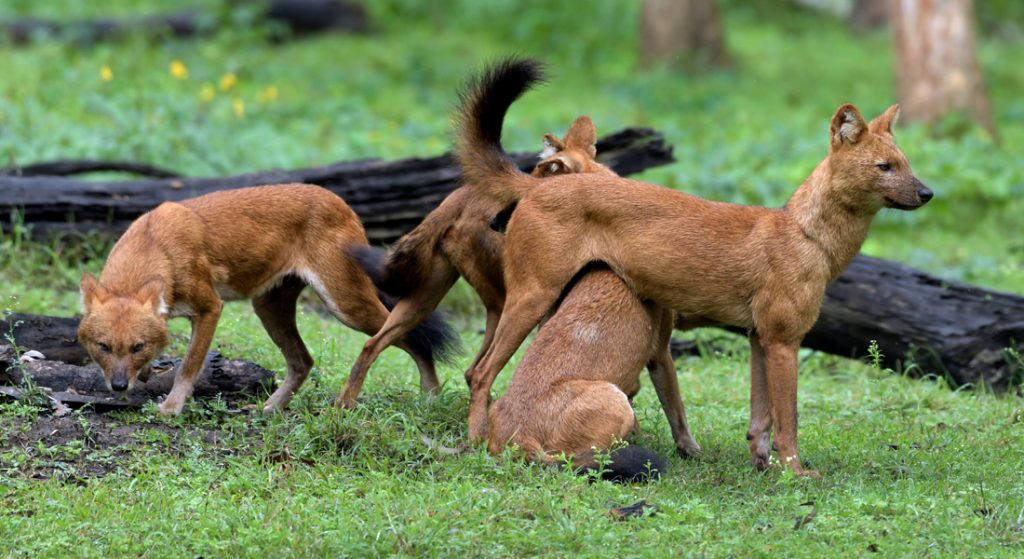
Lion-tailed Macaque: These are the monkey species that are endemic to only a few patches of the western ghats of Karnataka and Kerala. Extremely shy, living in deep forests, and rarely coming down from the tree, they have unique physical features that set them apart from other monkey species. A white mane around their heads makes them easily identifiable. Their numbers are estimated to be around 4000, and it is believed that these numbers will further fall to 3000 in the next few years due to habitat loss.
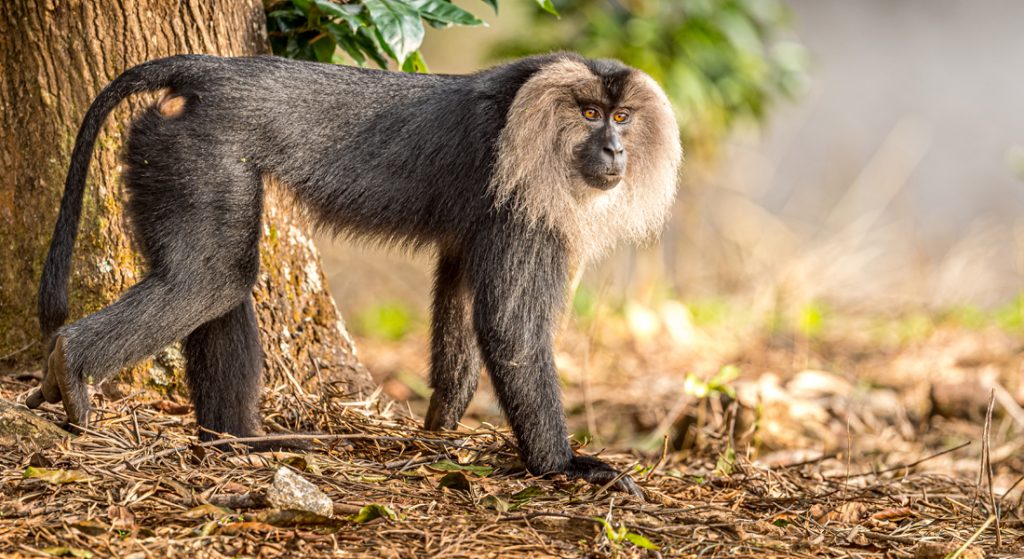
Blackbuck: Due to extreme hunting by the kings of the princely states, habitat loss, and poaching, this beautiful herbivore, whose numbers were in the millions, was put on the fast track to extinction. Also known as the Indian Antelope, it is now listed as a critically endangered species. Their numbers plummeted to less than 8000 from nearly a lakh during the 25 years of independence. Timely conservation efforts have put their numbers back on track. But even today, unfortunate events like mauling by stray dogs and accidents with moving vehicles continue to result in this animal’s death.
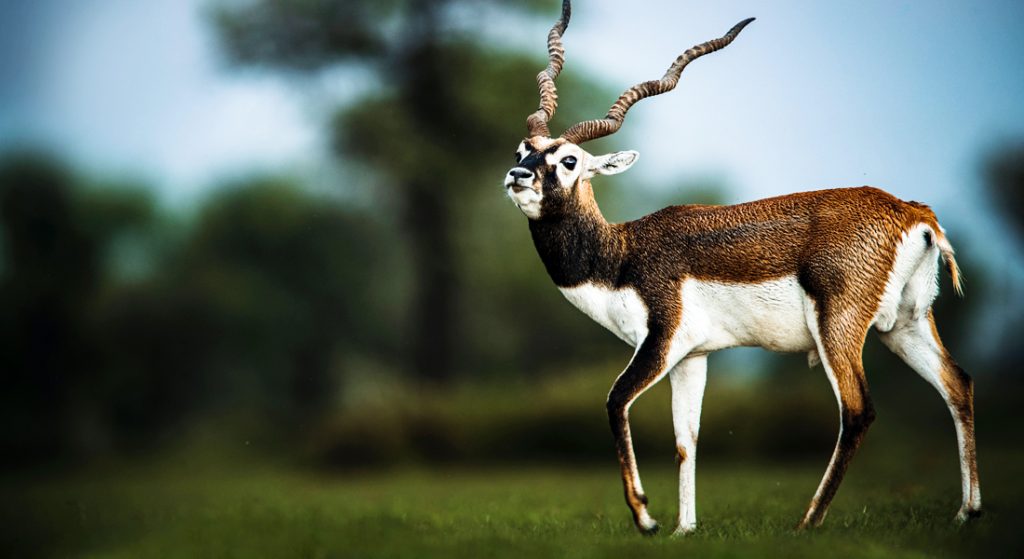
Nilgiri Tahr: Endemic to the Nilgiri mountain ranges and the surrounding areas in Tamil Nadu and Kerala, only about 2500 individuals of this species remain in the wild. They were seen in other areas earlier, but rampant poaching and habitat loss have confined them to the Nilgiris. Experts believe that for these high-altitude goats, climate change is going to pose a bigger threat. Rising temperatures may cause greater problems than habitat loss in the future.
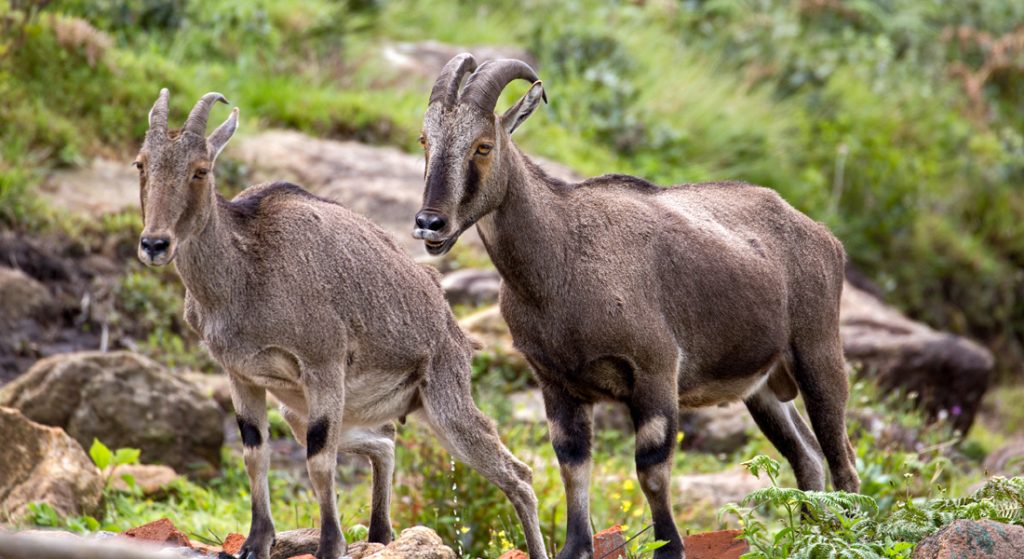
Indian Bison: Also known as the Gaur, these well-built animals with a large head and hefty bodies are hunted for their meat. Listed as a vulnerable animal way back in 1972, the species managed to survive the mad rush for its meat through hunting and poaching thanks to its sheer number in the country’s forests. Now the numbers have increased, but not enough to remove the species from the vulnerable list.
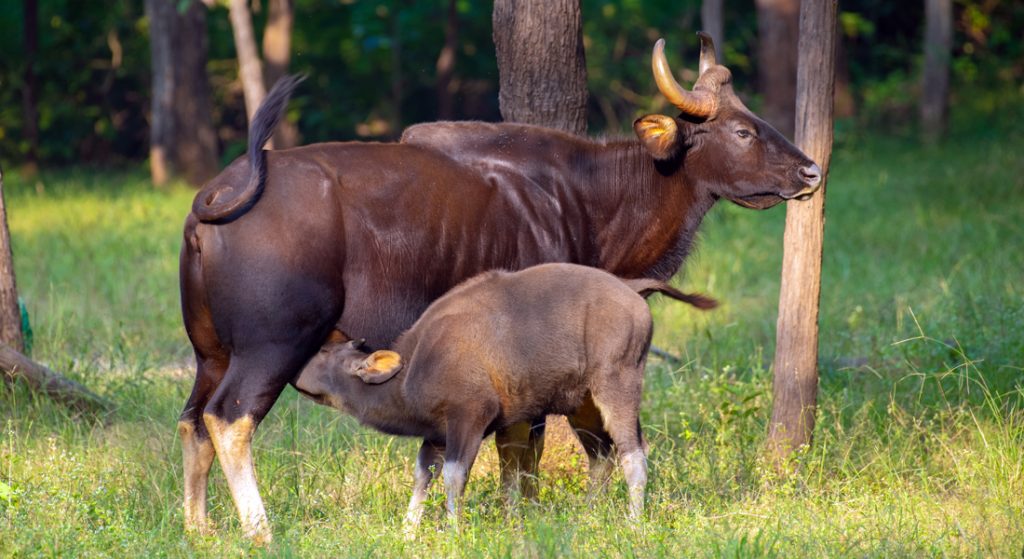
Snow Leopard: It is a large animal belonging to the cat species and found in the high mountains of Central and South Asia, including India’s northern parts. Due to the infiltration of humans into this animal’s core areas and hunting, its population is slowly dwindling. At present, it is estimated that about 500 snow leopards remain in the wild.
